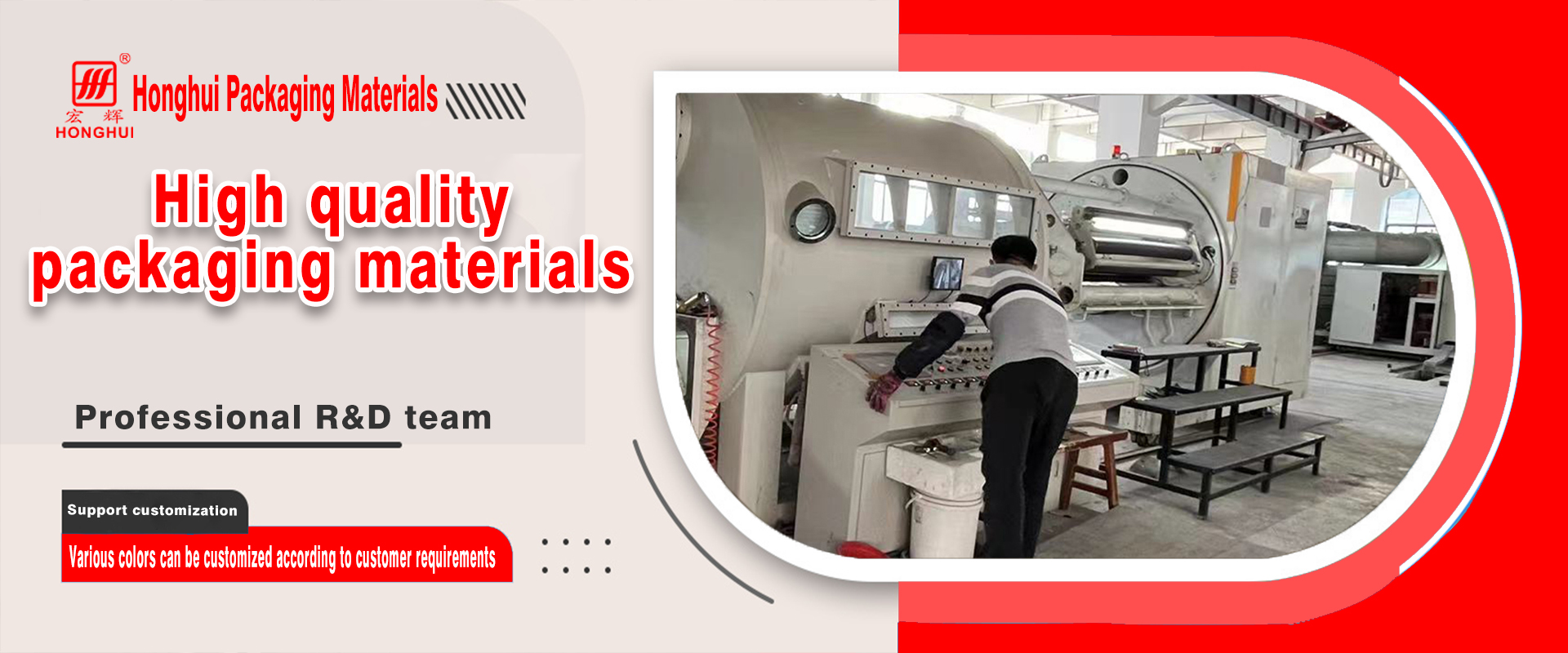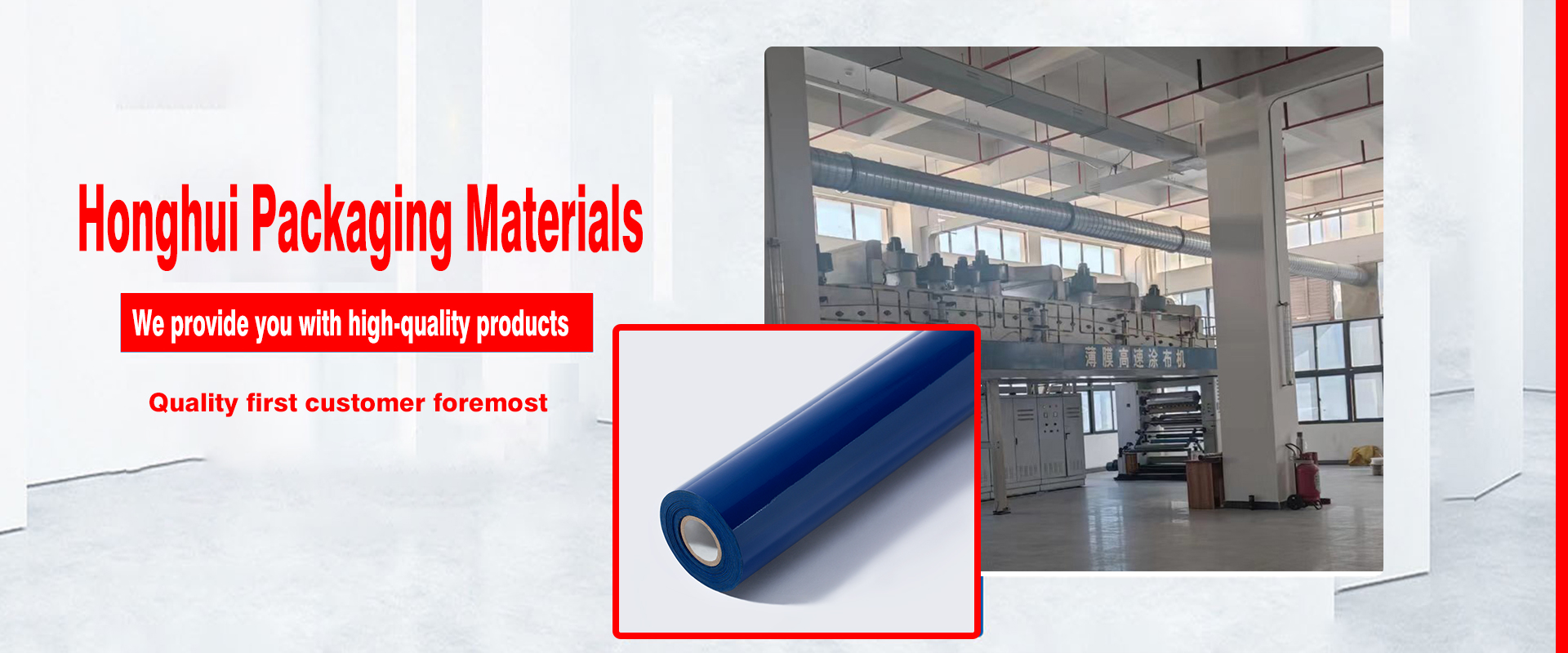Technical essentials of plastic hot stamping process
Hot stamping equipment refers to various types of hot stamping machines, but regardless of the name or model changes, their basic types are still flat stamping and rolling stamping.
Technical essentials of plastic hot stamping process
Hot stamping equipment refers to various types of hot stamping machines, but regardless of the name or model changes, their basic types are still flat stamping and rolling stamping.
The three major elements of hot stamping technology are temperature, pressure, and time.
The most basic requirement for the quality of hot stamping: all hot stamping areas should be fully hot stamped, and other non hot stamping areas should have no traces of hot stamping, clean and refreshing. The hot stamping surface should be clean and smooth, without darkening or rainbow colors, wrinkles or creases, and without any shavings or flying edges.

Requirements for hot stamping on plastic substrates: 1 The surface of plastic should be smooth and flat, without burrs, shrinkage, scratches or other human defects. It is best not to use release agents during injection molding operations. If necessary, choose release agents that will not affect secondary processing. 3. The hot stamping surface should be clean and free of oil stains, and the surface and surrounding environment should be free of dust and water stains.
Hot stamping temperature:
The hot stamping temperature is an important process parameter for hot stamping. Low temperature cannot achieve hot stamping, while high temperature will cause the hot stamping surface to change color. Generally, hot stamping machines have temperature control devices, but there is usually a deviation of several tens of degrees between the set temperature and the actual temperature of the hot stamping head, which varies depending on the machine. The hot stamping temperature for materials such as ABS, PS, ASA is usually 180-210 ℃, while the hot stamping temperature for PP and PC materials is relatively higher. Whether the set value of the hot stamping temperature is normal can be seen from experience on the residual film of the hot stamping surface and hot stamping film. If the temperature is too high, the imprint of the residual film will appear colored or wrinkled; If the temperature is too low, the hot stamping paper will have incomplete transfer printing and residue.
Hot stamping pressure:
When hot stamping, it is necessary to first adjust the pressure, gradually adjust the pressure from low to high, and use lower pressure as much as possible to iron out uniform and complete graphics and text. Finally, the pressure is determined and fixed for formal production. Generally, ordinary plastic products such as silicone hot stamping and ABS hot stamping require a pressure of 1-1.5MPa. The pressure on plastics such as PP and PC can be appropriately increased to avoid damaging the parts. Moreover, if the hot stamping pressure is too high, the service life of the silicone version will be greatly shortened.
Hot stamping time:
The hot stamping time should not be too long. Usually within 2 seconds, normal flat ironing usually takes less than 1 second.
Hot stamping paper:
Hot stamping paper is a very important element in the plastic hot stamping process. Unlike the hot stamping of paper printing products, there are a wide range of low-priced products to choose from both domestically and internationally. Plastic hot stamping paper generally has better effects on imported products. For different plastic products, hot stamping paper needs to be matched with corresponding adhesive layers. For example, hot stamping paper for ABS material cannot be used to heat PP plastic no matter what. In addition, different products such as small logos or large strip or sheet designs have different requirements for hot stamping paper. Small logos and thin fonts generally require thinner hot stamping paper to achieve a clearer and more complete hot stamping effect without burrs, while large products require thicker hot stamping paper to avoid exposing the bottom and make the hot stamping surface fuller.
The above requirements are slightly adjusted within a certain range and complement each other. For example, temperature limitation can increase pressure and prolong time to achieve normal hot stamping effect, and vice versa.




